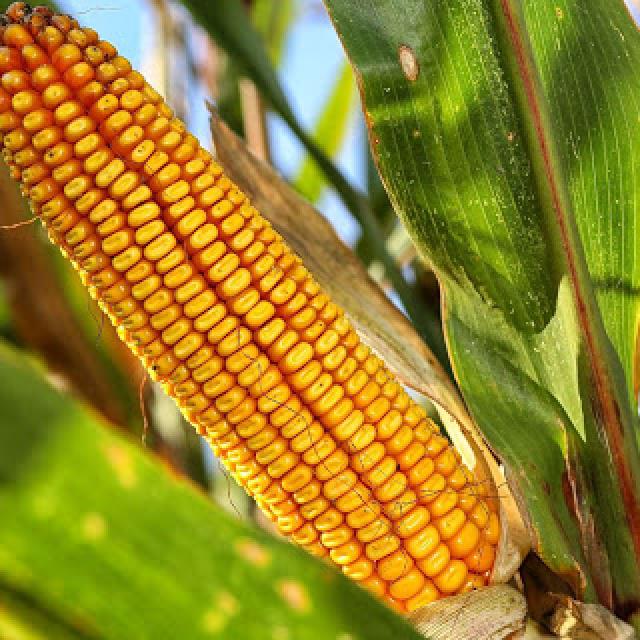The global spread of the coronavirus epidemic in February and March caused corn (maize) prices to fall and made them very volatile. Global stock market prices experienced difficulties from late January due to the spread of the epidemic in China, one of the heavyweights of the world trade and economy. The spread of the epidemic to the rest of the world has accentuated this phenomenon of volatility and this has reached all of the markets despite the strong budgetary and monetary responses from the leading economies.

The agricultural raw materials, including corn, have not escaped either. Since January, Chicago corn prices have fallen by almost 13% to around $135 / t at the end of March. Price volatility is further exacerbated by the logistical problems and needs of the manufacturers. The latter, when they are not shut down, are looking at ways to cover themselves in an uncertain environment, particularly in terms of deliveries. Freight is disrupted in France and the rest of Europe, especially truck freight transport, due to the lack of personnel. Furthermore, in South America, as the export drive begins in Argentina, port logistics are experiencing many uncertainties.
Some municipalities are looking to limit logistics flows and loads, while workers worry about the lack of health protection. The market fundamentals are, for the moment, relatively overshadowed by the unprecedented scale of this crisis (one third of the French economy is at a standstill according to INSEE!). However, they should return to the centre stage eventually, with a delay in planting in Brazil exposing the corn (maize) to climatic events and the plans for the American sowing season being particularly anticipated. For the 2020/2021 season, these fundamentals look ominous, with increased stocks of the main exporters (United States, Argentina, Brazil, Ukraine) being expected due to a marked increase in the surface area put down to corn.
Corn, a raw material linked to oil prices. One of the main factors relating to the volatility in price of corn in recent weeks has been the collapse in oil prices, with almost 40% of US corn crops being used for ethanol production. Ethanol prices, closely linked to those of oil, have fallen by almost half since mid-February.
The oil market is facing a double economic shock on the supply and demand side.
Fuel demand is decreasing due to the global economic and industrial slowdown linked to the epidemic and the lockdown of a large population. Oil supply has also increased significantly on the world market after Russia and Saudi Arabia disagreed over the level of production within OPEC + (OPEC and Russia). As a result, in a few weeks oil prices lost almost half their value, falling to their lowest level since the early 2000s. Consequently, the margins of the American ethanol industry and its export outlets exports have been reduced, leading to a drop in American production. This is expected to continue, with many operators facing negative margins, having announced a total or partial closure of their production capacities for an indefinite period. It is assumed that this difficult situation will continue until the epidemic is brought under control, particularly in North America, and that the oil-producing countries will continue with their price war.
MAINTAINING THE PRODUCTION OF BIOETHANOL DESPITE THE COVID-19 CRISIS
While some member states have asked the European Commission to waive their obligation to incorporate the use of biofuels, the biofuels sector (producers of grain, ethanol and biodiesel) alerted the Commission to the impacts of such a decision. In fact, despite the restrictions, the production tools are still working and produce the biofuels and vegetable proteins that are essential for feeding farm animals. Furthermore, several factories are contributing towards the manufacture of alcohol-based hand sanitizer gel, a key instrument in the fight against the pandemic. It is, therefore, important to maintain these activities and fulfil our European commitments relating to climate change.
